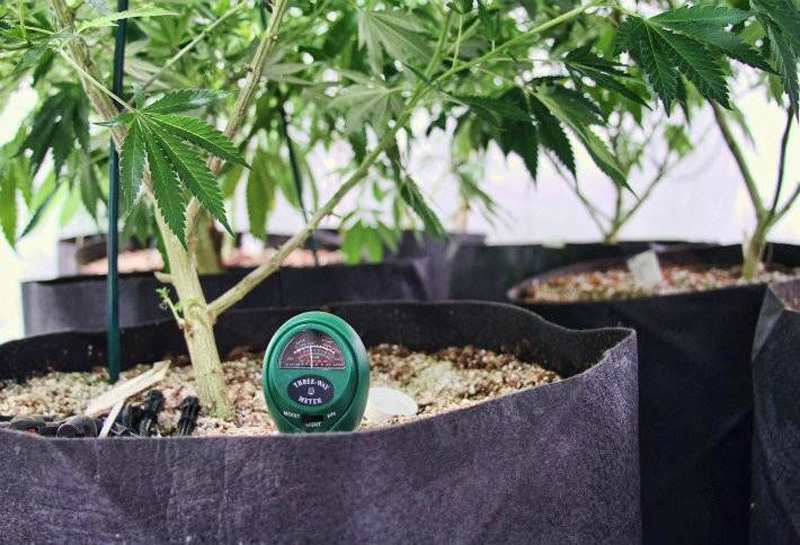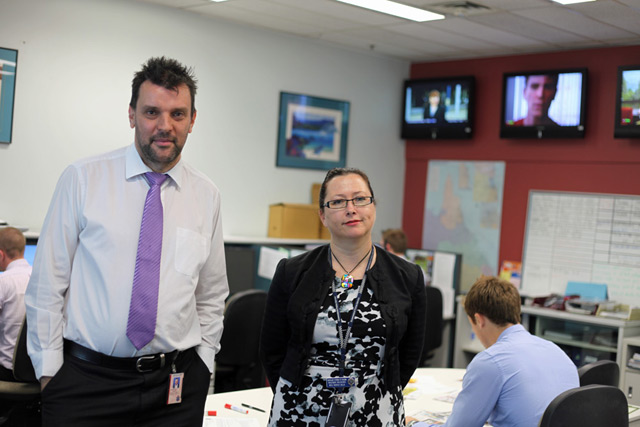Matters Of Substance story: ‘The Snowball and the Avalanche: Medical Cannabis in Australia’, July 2016
A feature story for the May 2016 issue of Matters Of Substance, the quarterly magazine published by the New Zealand Drug Foundation. Excerpt below.
The Snowball and the Avalanche: Medical Cannabis in Australia
Stories of personal suffering, where debilitating symptoms are eventually eased by medical cannabis, are appearing ever more frequently in the news. Andrew McMillen argues it is these sorts of stories that have engendered compassion in Australia, eroding the stigma around medical cannabis use and paving the way for science and more evidence- based legislation.
The story of medical cannabis in Australia is much the same as in other countries around the world that have tiptoed this path before us. Here across the ditch, as in New Zealand, the United States and many other advanced economies, it is a situation where two strange bedfellows have been pitted against one another: stigma and science. For many years, because of their preconceived attitudes, staunch opponents of illicit drug use have remained wilfully blind to the benefits of medical cannabis experienced by sick people. Here, as elsewhere, this is not a campaign for the impatient. Change is slow, often painfully so, as it relies on a willingness for opponents to reconsider their positions in light of compelling evidence.
In the last few years, though, the situation has appeared to change rather quickly and dramatically. The appropriate image is that of a single snowball rolling down a hill, gradually gaining mass and momentum until it forms an unstoppable avalanche. To this end, a raft of touching personal stories have been told in the national media. As a result, many state and federal politicians have sensed a shift in public sympathy towards sick people who are attempting to access medical cannabis without further complicating their lives by crossing paths with the criminal justice system.
Support for plant-based medicine has gone mainstream, as evidenced by a July 2014 ReachTel poll that found that almost two-thirds of Australians believe cannabis should be made legal for medical purposes. It is telling that compassion is the driving emotion here, rather than fear – long-time advocates might well wish they had cottoned on to this tactic earlier.
These personal stories don’t come more dramatic and heart-wrenching than Dan Haslam’s. In fact, his journey to accepting and using medical cannabis has become emblematic of changing attitudes to the drug across Australia. Dan was the snowball, and his descent down the hill began when he was diagnosed with terminal bowel cancer in February 2010 while living in the regional New South Wales (NSW) city of Tamworth. There, the then 20-year-old eventually discovered that the only treatment that soothed his nausea and stimulated his appetite while undergoing chemotherapy was cannabis. His parents wished there was another way. The fact that his father was head of the Tamworth Police Drug Squad made this desperate decision even more ethically and legally tortured than usual.
To read the full story, visit Matters Of Substance.
Further reading: my book Talking Smack: Honest Conversations About Drugs, published by University of Queensland Press in 2014.

 “Marijuana Use Most Rampant in Australia,” read a
“Marijuana Use Most Rampant in Australia,” read a